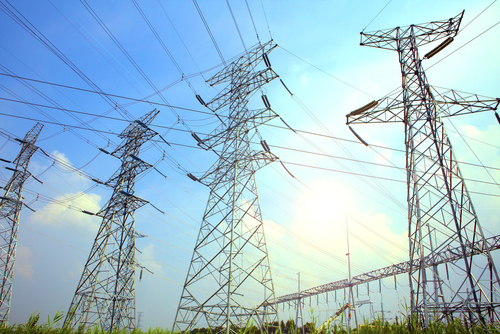FirstEnergy, the giant Ohio-based company that owns power plants and transmission lines in several midwestern and northeastern states, is running out of arguments for its proposed bailout.
The Public Utility Commission of Ohio (PUCO), which is currently considering the proposal by FirstEnergy for substantial, customer-funded subsidies to bail out its uneconomic power plants, has suggested the utility must prove four points.
- Financial need
As we all know, need is different than want. And with a balance sheet showing $12.4 billion in shareholder equity, clearly the giant utility is able to keep these plants open. But FirstEnergy and its shareholders are reluctant to subsidize their own risk – instead, they want Ohio customers to take on the cost and associated risk. Strike one.
- Reliability
Since FirstEnergy can’t prove financial need, it must demonstrate its plants are necessary to maintain sufficient and reliable power in the areas they provide electricity. Yet the reliability issue is a red herring – FirstEnergy’s subsidiaries are not responsible for resource adequacy. Instead, PJM – the regional grid operator – oversees this task. If PJM determines these plants are needed for reliability reasons, it can implement a must-run arrangement to keep the plants open. But the arrangement would be available only for so long to alleviate any reliability concerns. That decision would not (and should not) lock Ohioans into long-term support of an uneconomic facility. Strike two.
- Environmental compliance
Next, First Energy must suggest the generating plants are needed to comply with environmental regulations. Yet in its own testimony, the utility asserts environmental and market conditions are so uncertain that it cannot be determined whether its plants will be compliant with federal environmental regulations, or even profitable, over the long term. Strike three (but FirstEnergy hasn’t struck out yet).
- Economic health and rate stabilization
Finally, FirstEnergy must argue plant closures would have a negative impact on electricity prices and economic development. Yet any subsidy would harm the regional wholesale market by stymying competition. Driving away other plant operators that do not receive subsidies for their plants would likely result in higher prices over the long run. Moreover, FirstEnergy’s customers would pay higher prices anyway, because they would have to subsidize the plants in the first place.
The economic development argument is especially unpersuasive because FirstEnergy’s analysis only accounts for the alleged benefits of keeping the plants open. In doing so, the utility fails to account for:
- the economic harm caused by forcing customers to pay higher electricity prices arising from the subsidies;
- the economic harm caused by distorting the wholesale market, and driving away competitors who choose not to participate because of the subsidies available to certain favored companies; or
- the economic benefits which would arise from new clean energy resources – such as energy efficiency programs – that could be used in place of the old coal plants, if they shut down due to market forces.
Put simply, FirstEnergy can’t pass any of PUCO’s tests for justifying its power plant subsidies. Even with four opportunities to prove its case, FirstEnergy strikes out.
By Dick Munson
Originally Published on May 26, 2015
The Energy Exchange Blog is a forum where EDF‘s energy experts discuss how to accelerate the transition to a clean, low-carbon energy economy. Follow them on Twitter here: @EDFEnergyEX
Transmission lines photo courtesy of Shutterstock.

